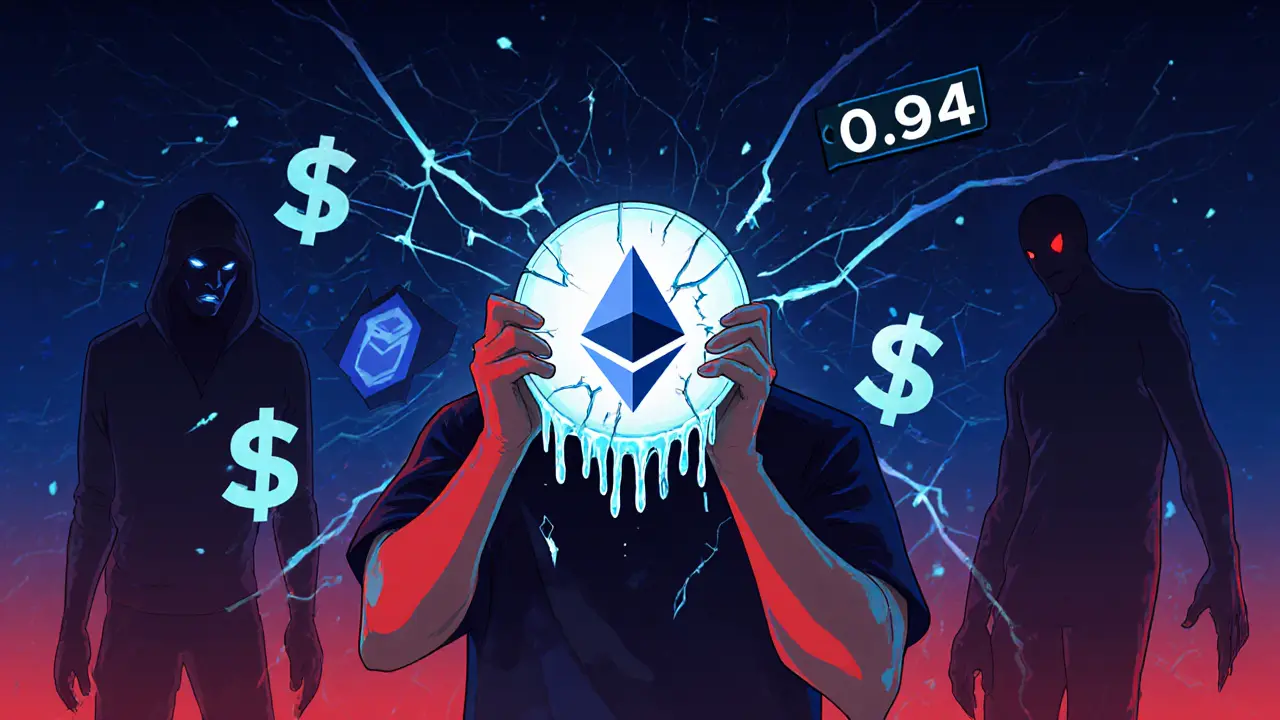Smart Contract Vulnerabilities: How Hackers Exploit Blockchain Code and How to Stay Safe
When you interact with a smart contract, a self-executing program on a blockchain that runs without human intervention. Also known as on-chain code, it’s supposed to be trustless and unbreakable—but too often, it’s just broken. Every time someone loses crypto to a hack, it’s almost always because of a flaw in this code, not because their wallet was stolen. Smart contract vulnerabilities aren’t theoretical—they’re the reason $2.8 billion was drained from DeFi platforms in 2024 alone.
These flaws aren’t complex secrets. They’re simple mistakes: a missing check, a misnamed function, or a logic error that lets someone drain funds in one transaction. Common types include reentrancy attacks, where a malicious contract calls back into the original contract before the first transaction finishes, draining funds repeatedly, or integer overflow, when a number gets too big and wraps around to zero, tricking the system into thinking you own more than you do. Even oracle manipulation, where fake price data feeds trick a contract into thinking an asset is worth less than it is, has wiped out entire lending protocols. These aren’t edge cases—they’re the top three ways people lose crypto every year.
And it’s not just new projects. Even big names like Ethereum, Solana, and Polygon have had major contracts exploited. The difference? Some teams audit their code. Others don’t. Some use third-party auditors like CertiK or OpenZeppelin. Others rely on community feedback—too late. If you’re using a DeFi app and can’t find a recent audit report, you’re gambling. And if you’re holding tokens tied to a contract with no public code review, you’re already at risk.
The good news? Most of these attacks are preventable. Developers can fix them before launch. Users can avoid risky platforms. And tools like block explorers and contract scanners make it easier than ever to spot red flags—like unverified code, unusual permissions, or massive token transfers right after launch. You don’t need to be a coder to protect yourself. You just need to know what to look for.
Below, you’ll find real breakdowns of how these exploits happened, what went wrong, and how to spot the same mistakes before you lose money. Some posts show you exactly how hackers slipped through the cracks. Others reveal how projects fixed them—or didn’t. No fluff. No theory. Just the facts behind the hacks you’ve heard about—and the ones you haven’t.






